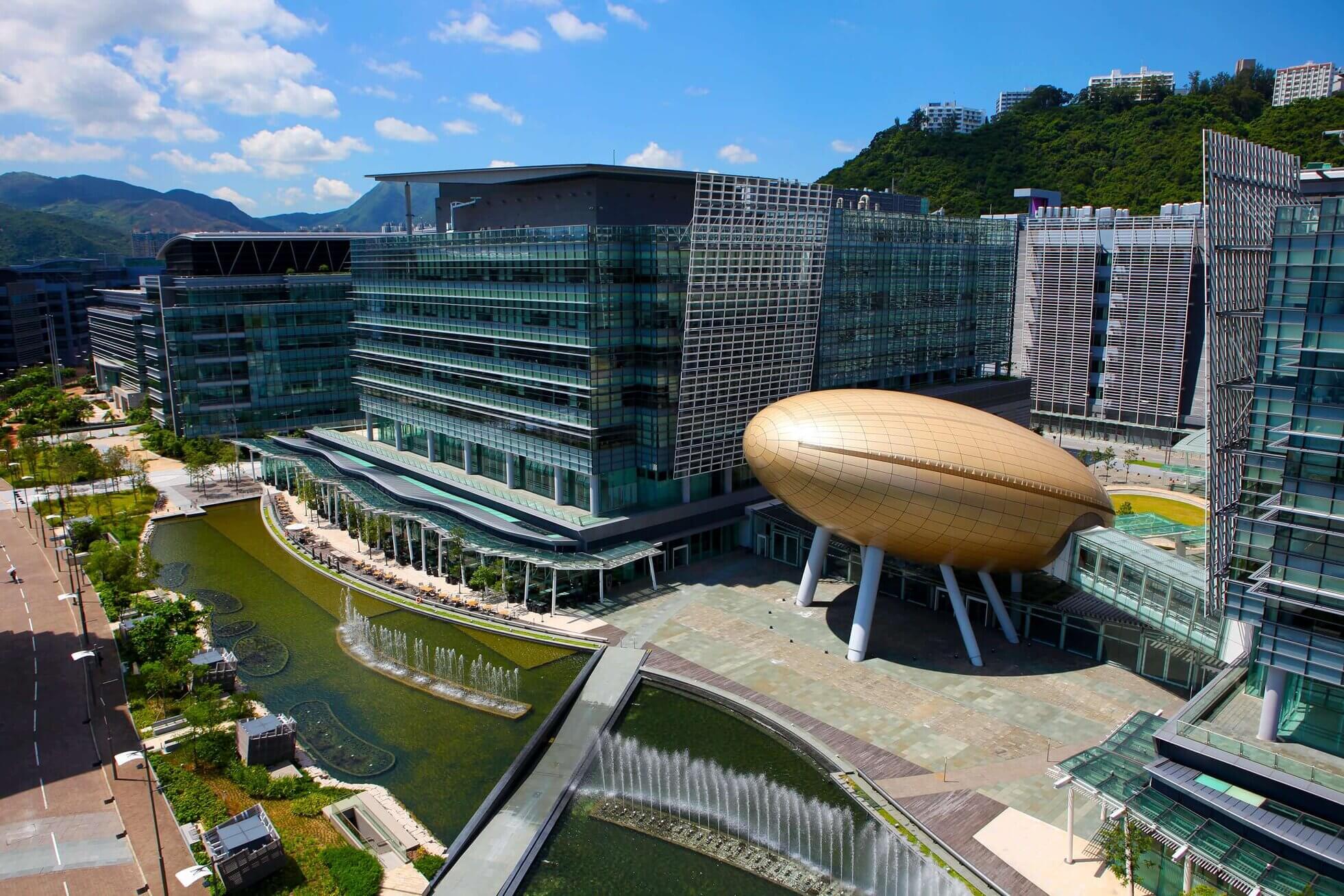APAC Innovation Summit – Advanced Materials and Printed Electronics enable diverse form factors for innovative life-changing products

(Hong Kong, 28 November 2016) - In the latest APAC Innovation Summit presented by Hong Kong Science and Technology Parks Corporation (“HKSTP”), research experts and industry leaders pioneering advanced materials and printed electronics inspired summit attendees with the development and commercialisation potential of the immense possibilities brought about by this emerging technology discipline.
Opening the summit HKSTP Chief Commercial Officer Andrew Young said: “Printed electronics and advanced materials is one of the most exciting tech sectors in the world and promises new grounds we’ve never treaded before. It opens up a whole new world of possibilities in flexible displays, portable devices, IoT connectivity, advanced sensors, and healthcare diagnostics and monitoring, which are highly relevant to the three technology platforms that HKSTP prioritises, namely smart city, healthy ageing and robotics.”
“Hong Kong has a strong heritage in the electronics and ICT industry and is close to the manufacturing base in the Pearl River Delta. The city is an ideal landing site for the R&D of this emerging tech discipline,” added Mr Young.
Advanced materials present versatile market potential
From printed electronics applications of smart packaging, printed battery, printed memory and printed sensors, to advanced materials including printed dielectric, conductors and graphene, the speakers shared with the audience the latest market trends, industry drivers and development.
Raghu Das, CEO of IDTechEx, a company that specialises in technology scouting of 3D printing, printed electronics and wearables, said in his keynote speech that some 3,000 organisations were involved in the printed electronics supply chain doing everything from niche materials to systems integration, and it's a multi-billion US dollar industry – the biggest sector OLED displays was believed to be worth US16 billion, whereas printed electronics for sensors grossed $6.5 billion and the market for conductive ink turned over $1.3 billion.
“Printed electronics, which lends itself well to high-volume production over large-area sheets, are delivering exciting products,” Mr Das said, citing applications such as using reflective displays for printed price labels to enable dynamic retail pricing, highly customisable 3D antennae printed on smart phone cases, flexible displays for cars, stretchable electronics incorporated in garments for gauging bio-data, completely energy-independent cars powered by energy from motion and light harvested from the car body or car-seat fabric, right down to disposable golf-club stickers powered by printed battery for tracking golf swing performance.
Dean Baker, Director of FabEnable, a company that specialises in flexible displays, concurred on the application potential of new materials and added that flexible displays were becoming low-cost alternatives for glass-based or silicon displays, enabling a plethora of new form factors such as tactile, curved, fully interactive wrap-around car dashboards and consoles; low-cost plastic LCD displays integrated with wearable features and traditional tablet-type features; and large-area sensors such as complete fingerprint sensors and X-ray sensors that fit the body profile more comfortably.
Hong Kong innovators adapt at capitalising on the latest technologies to develop innovative products, notably in the area of wearable consumer electronics, could have their imagination stimulated by the new materials highlighted by summit speakers and come up with innovative and marketable products, Mr Young pointed out.
“Printed electronics and advanced materials open up unprecedented possibilities in creating new products. As our speaker said, people don't know yet they want these new products because they don't exist. At HKSTP, we provide tech enterprises with advanced R&D facilities and equipment every step of the way, from conception and design to production and testing. Together with the HKSAR government’s unwavering support in propelling Hong Kong into an innovation-based economy, we provide the ideal environment for innovators in our ecosystem to do what they are best at with regards to these emerging technology trends –which is leveraging the extended capabilities of printed electronics and new materials and develop marketable products with them. We invite local and international innovators to connect with potential collaborators in our ecosystem and jointly explore opportunities in pioneering next-generation products using innovative materials,” added Mr Young.
###
For media enquiries, please contact pr@hkstp.org. Explore our latest news in the PRESS ROOM.

